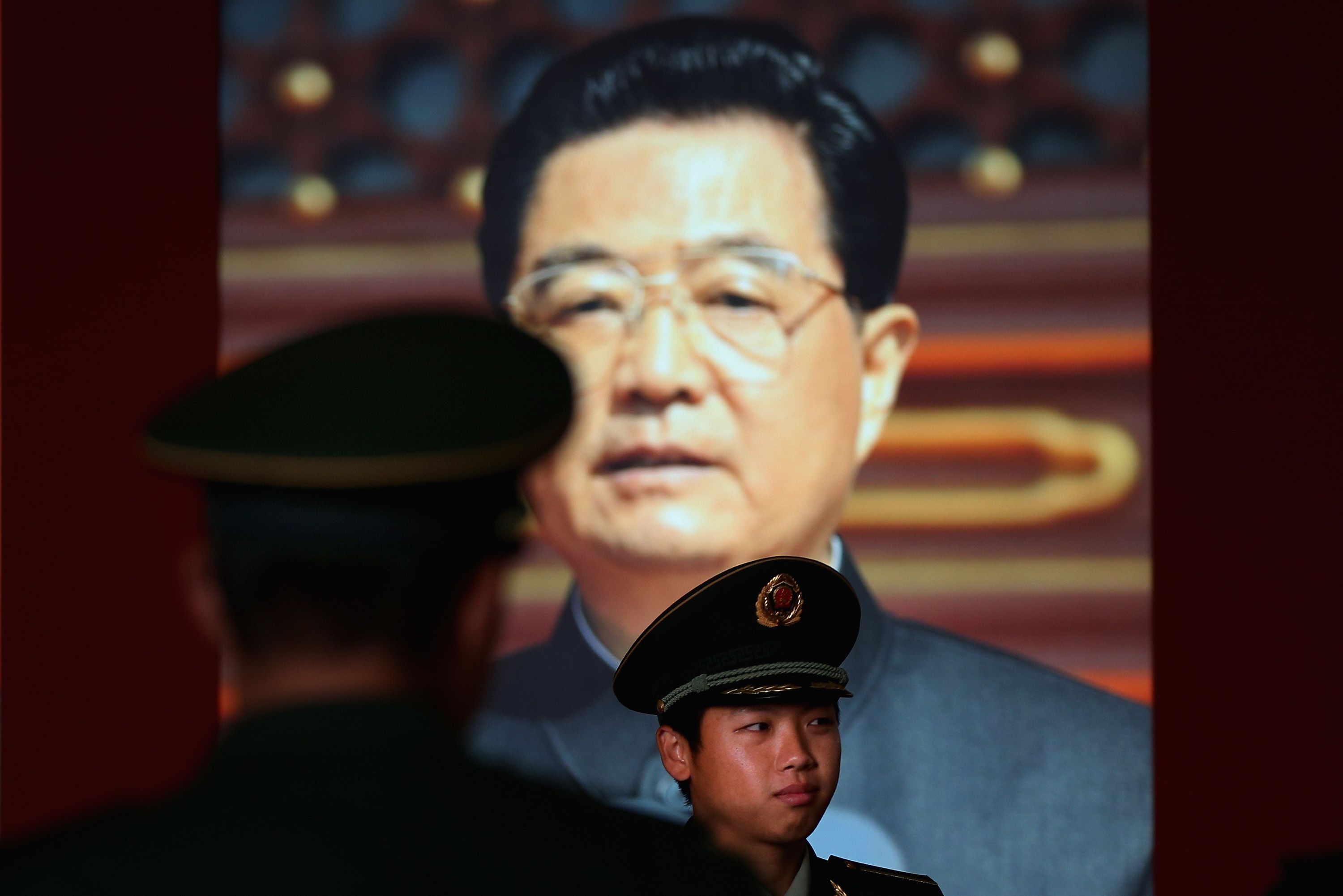Why Chinese are so secretive…
China has been secretive about its programmes raising suspicion at the global level. Top among them is space programme. An unscrewed Chinese aircraft recently touched down at a spaceport in the Gobi desert in the first week of May nine months after being secretly launched into orbit. The development has raised a lot of suspicion about its mission. A terse report from state media called it an “important breakthrough”.
According to available information, the Chinese spacecraft may be similar to one developed by the US air force, called the x-37b, which has spent over 900 days in space in one stretch. US space plane had debuted in 2010. Both were launched by rockets, but can land like a normal plane. The most surprising was that the Chinese government provided little detail about the “reusable test spacecraft” beyond saying it would remain in orbit for “a period of time” and providing technical verification of reusable and in-orbit services.
It was beyond doubt that reusing spacecraft saves money. Such vessels couldalso help conduct scientific experiments or release satellites. While in orbit, China’s spacecraft discharged a small object.
Experts on space matters had then raised serious concern over the link between space programme and military. Kevin Pollpeter, a research scientist at the Center for Naval Analyses said that the reveal of X-37B sparked concern within the Chinese government over the craft’s military potential. It’s possible that this spurred the country’s space program, which is closely tied to its military, to start developing its own version.
That was the second time China had launched a small space plane, likely similar in size and scope to the US Space Force’s experimental X-37B vehicle. This uncrewed X-37B resembled NASA’s space shuttle, but at less than 10 meters in length, it is considerably smaller. The vehicle’s cargo bay can hold something about the size of a standard refrigerator. according to a report from the Washington, D.C.-based Center for Strategic and International Studies (CSIS). The exact purpose of the mission remained unclear.
Chinese space development official Cheng Hongbo had once told in 2017 said the space plane would be capable of up to 20 flights. China had launched its first space plane in September 2020 on a short flight—it landed two days later at a runway in a dry salt lake bed in western China known as Lop Nur.
According to CSIS report, the craft had released an “object” into orbit sometime in October. The object apparently disappeared in January, only to suddenly reappear on satellite tracking radar in March. Experts believe this could indicate that the plane has some sort of satellite removal capability, such as a robotic arm. Although China’ has become one of the few entities to successfully launch and recover a reusable spacecraft but maintained secrecy about the craft, details of its design, capabilities and performance.
Xinhua, a Chinese state media agency only reported that the complete success of the experiment marked a significant breakthrough in China’s research on reusable spacecraft technology.
Besides Space programme, China has been secretive about health related research programmes. After facing criticism on Covid 19 issue tightened its control over COVID-19 research findings. According to available information, scientists were required to get approval to publish — or publicize — their results from the `top leadership’.
China had kept its scientific achievements – including its embryo gene-editing research and historic moon landing – were surrounded by secrecy. The global scientific community first learnt about its experiments modifying the DNA of human embryos through rumours in 2015. China’s National Space Administrative (CNSA) had acknowledged in December 2018 that its spacecraft was preparing to land on the moon, it didn’t broadcast or announce the actual touchdown.
Examples of Examples of China’s secretive approach:
Tiangong Space Station: China’s development of its space station, Tiangong, has been relatively secretive. While some information is released, details about technical specifications, program schedules, and crew selection are often limited.
Chang’e Lunar Missions: China’s lunar exploration missions, such as the Chang’e series, are conducted with limited transparency. The precise scientific objectives, mission plans, and operational details are often disclosed after the missions have been completed or when significant milestones are achieved.
Health-related Research: In the realm of health-related research, there have been instances where China has been criticized for lack of transparency. For example, concerns were raised over the handling and reporting of the COVID-19 outbreak in its early stages, which led to calls for more transparency in sharing information and collaborating with international health organizations. Chinese experts justified china’s secretive approach for space programmes for following reasons: National Security: China considers its space program and advanced research in areas such as military applications, satellite technology, and space-based intelligence gathering as matters of national security. Therefore, it restricts the dissemination of detailed information to protect its strategic interests and maintain a competitive advantage.
Technological and Economic Competition: China’s space program aims to compete with established space powers like the United States and Russia. By maintaining a certain level of secrecy, China can protect its technological advancements and prevent potential rivals from gaining insight into its capabilities, thereby reducing the risk of technological espionage or economic competition.
Historical Factors: China’s space program has its roots in the Cold War era when secrecy and control over information were common practices among spacefaring nations. This historical context may have influenced China’s approach to maintaining a level of secrecy in its space activities.
Cultural and Political Factors: China’s political system and cultural values emphasize stability, control, and maintaining the image of a united and harmonious society. This can manifest in a preference for limiting information disclosure, particularly when it comes to sensitive areas such as scientific research and technological advancements.
For health programmes, following are the reasons for secretive about research related issues. Regarding health-related research programs, China’s approach to secrecy can be attributed to similar factors:
Intellectual Property Protection: China has faced criticism in the past for intellectual property theft and unauthorized use of research findings. To protect its own intellectual property and prevent exploitation by other nations or entities, China may adopt a more secretive approach to health- related research programs.
Regulatory and Ethical Concerns: Health-related research often involves sensitive topics such as genetic engineering, biosecurity, and human experimentation. China may restrict information disclosure to ensure compliance with ethical guidelines, avoid public controversies, and prevent potential misuse or misinterpretation of research findings.
Public Perception and Image: China’s government seeks to maintain a positive international image and public support. By selectively releasing information about health-related research programs, China can shape the narrative and highlight positive outcomes while minimizing negative aspects or controversies.












